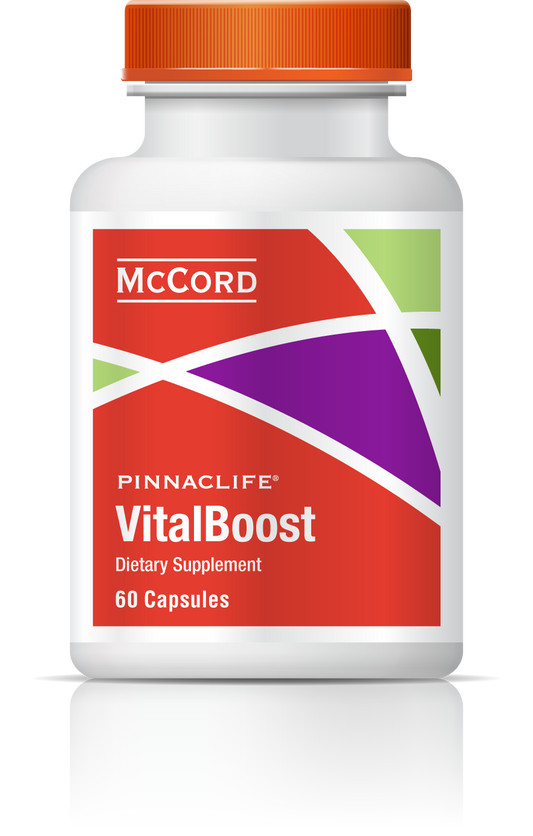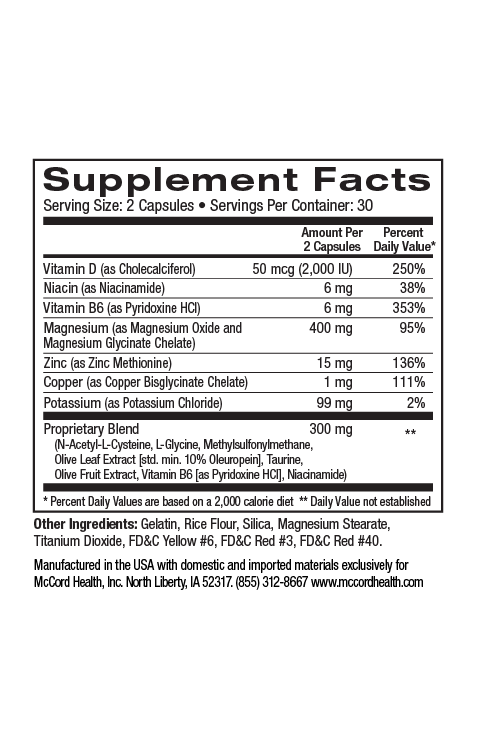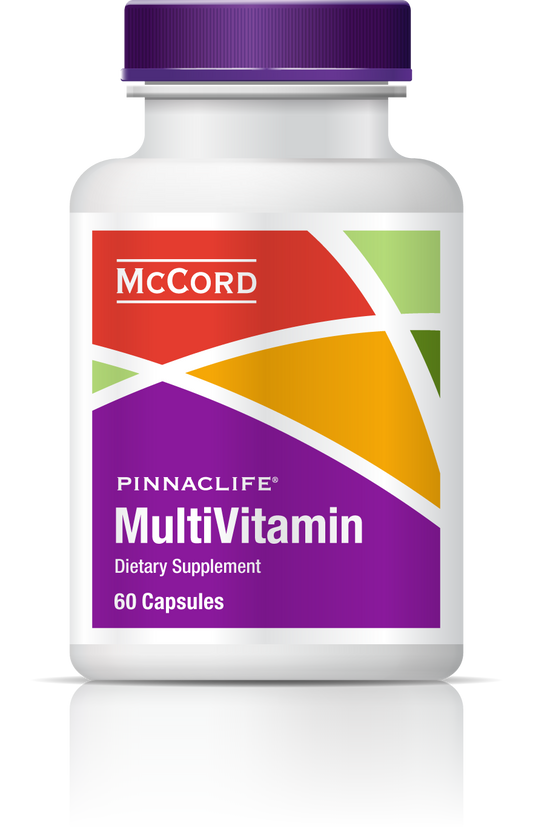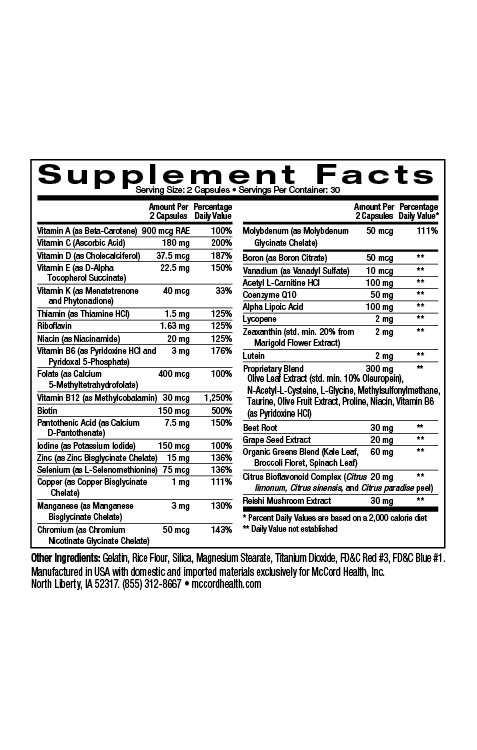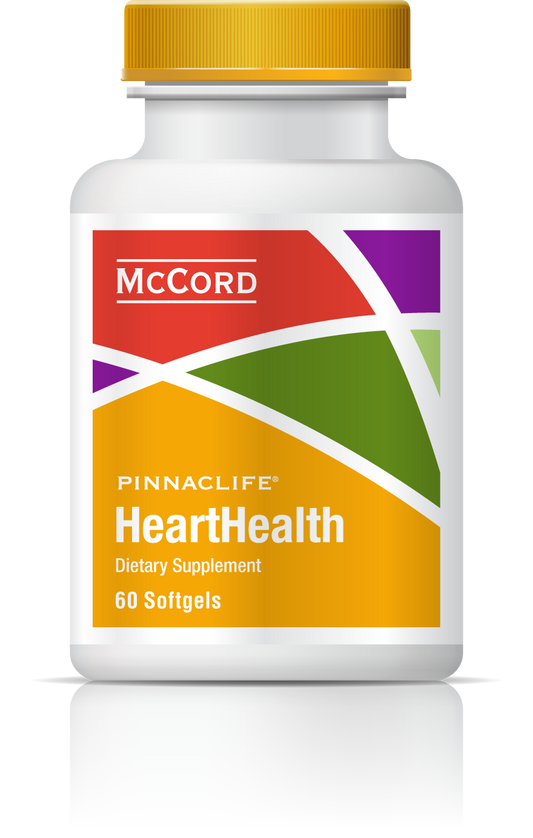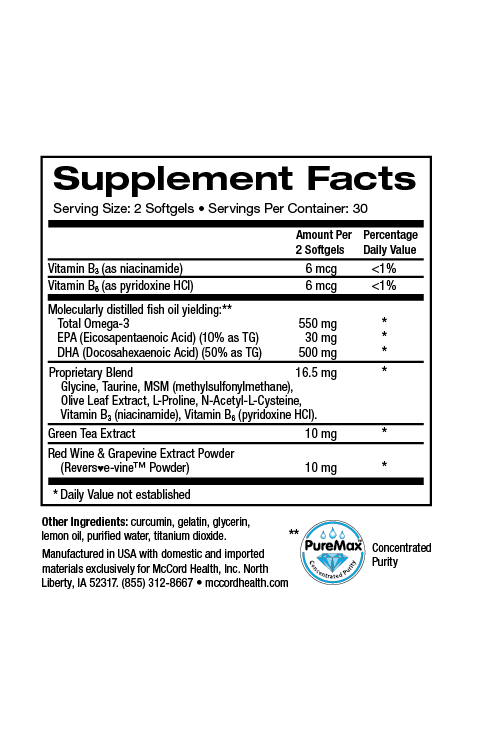Xerosis or abnormally dry skin is a common skin problem especially among older individuals. With normal (or intrinsic) skin aging, as opposed to skin aged by the sun, skin becomes thinner, has a decreased amount of blood flow and lipids, and collagen in the skin becomes fragmented resulting in drier, more colorless skin with fine wrinkles. In contrast, photoaging (or extrinsic aging) caused by UV radiation is characterized by the accumulation of abnormal elastin in the skin and the disintegration of collagen resulting in deep wrinkles, hyperpigmentation (age or liver spots) and a leathery appearance of the skin.
Xerosis is characterized by skin dehydration, slight to severe flaking and scaling, fine lines and cracks or fissures, and sometimes rough areas and/or skin redness. It can occur on various areas of the body including the forearms, hands and legs. Factors contributing to xerosis are varied including, exposure to outdoor elements and climate, central heating or air conditioning, excessive bathing (especially in hot water), viral infections (including hepatitis), certain medicines (including diuretics and hypocholesterol drugs), cancers, cancer treatments (including chemotherapy and targeted therapies), medical conditions (including thyroid disorders and renal failure), diabetes and genetic predispositions such as those involving atopic dermatitis and skin inflammation.
Viniferamine® skincare products including Renewal Moisturizer contain ingredients that decrease inflammation such as the beneficial polyphenols oleuropein, resveratrol, and epigallocatechin-3-gallate (EGCG) from olives, grapes, and green tea, respectively, as well as the important small molecules, melatonin and L-glutathione. In addition, dipotassium glycyrrhizate from licorice, avenanthramides in oats, aloe vera and shea butter possess anti-inflammatory activities.
In order for skin to remain supple and elastic, it must contain from 10% to 15% water. Water moves continuously up from the dermis into the epidermis, and skin hydration is mainly controlled at the level of the stratum corneum (or uppermost layer of the epidermis) that regulates trans-epidermal water loss (TEWL). Humidity levels of less than 10% cause the stratum corneum to lose moisture. If the stratum corneum loses too much moisture, it becomes a weaker, less functional barrier.
The stratum corneum is formed by a continuous epidermal development process in which skin cells called keratinocytes change into keratin-filled cells called corneocytes (a process called keratinization). Corneocytes gradually separate and die off in a process called desquamation. This process of skin shedding occurs naturally, however, keratinization abnormalities can affect the normal process of desquamation resulting in increased skin flaking.
Moreover, during keratinization, transformation of a skin protein called profilaggrin into filaggrin occurs. Filaggrin is then broken down into natural moisturization factors (NMFs) by important enzymes called proteases. NMFs include amino acids, lactic acid, urea, sugars and mineral ions. NMFs strongly bind water within corneocytes. In addition, the process of producing NMFs results in osmolytic forces that attract water to skin. Low levels of certain NMFs are correlated with xerosis.
Viniferamine® skin and wound care products including Renewal Moisturizer contain ingredients that help keep in skin moisture including dipotassium glycyrrhizate and aloe vera, which promote skin hydration by maintaining levels of hyaluronic acid that are normally decreased during aging. Hyaluronic acid is an extracellular matrix (ECM) polymer of disaccharides that has a high capacity for retaining water. Renewal Moisturizer also contains dimethicone, which provides a protective barrier to maintain skin moisture. In fact, the silicone in dimethicone topical applications is one of the most consistently successful hydrating agents used in skin care.
The combination of dehydration and cleansing with harsh soaps can damage components of the stratum corneum including proteases, and result in xerosis. The pH of skin is also related to the quantity of water in skin. With xerosis, the natural pH of the stratum corneum is difficult to maintain. Viniferamine® Clean N Moist ensures that even the most fragile skin is gently cleansed without causing irritation. Clean N Moist is perfectly pH balanced to help maintain skin’s natural pH. Phospholipids, organic phytonutrients, organic shea butter and other vital nutrients in Clean N Moist strengthen and revitalize skin. Like Renewal Moisturizer, Clean N Moist also includes dimethicone to provide a protective barrier that helps keep in moisture.
Xerosis is the most common cause of pruritus (itching) in older adults and it can lead to serious complications including infections and chronic wounds due to scratching itchy skin. Viniferamine® Renewal Moisturizer and Clean N Moist can help prevent or reduce inflammation that can lead to xerosis. In addition, to help prevent xerosis, it’s important to avoid harsh soaps, hot baths and hot tubs. Bathing too frequently should also be avoided. Gentle cleansers like Clean N Moist should be used. Soaps are harmful because they frequently strip away natural emollients, leading to dry, irritated skin. Moreover, cold temperatures and wind can also dry out skin. When inside, using a humidifier with a setting of 45% to 60% humidified air will help prevent moisture loss caused by central heating, air conditioners or blowing fans.
It’s good to know that Viniferamine® skin and wound care products include non-irritating, non-sensitizing and anti-inflammatory ingredients that provide nutrition to help strengthen skin. In addition, Viniferamine® Renewal Moisturizer and Clean N Moist contain ingredients that moisturize and protect skin, as well as help skin maintain hydration.
About the author: Nancy Ray, PhD is the Science Officer at McCord Research. Dr. Ray received her PhD in Biochemistry and Biophysics and was a postdoctoral fellow at NIH, Harvard University and Dana-Farber Cancer Institute, and the University of Iowa. She also earned bachelor of science degrees in Chemistry and Microbiology.
References
- Dermatol 2011; 223: 260-265.
- J Eur Acad Dermatol Venereol 2007; 21: 1-4.
- Clin Dermatol 2011; 29: 37-42.
- Acta Derm Venereol 2013; 93: 406-410.
- Int J Dermatol 2015; doi: 10.1111/ijd.12832.
- J Am Acad Dermatol 2015; 72: 656-667.
- Exp Dermatol 2014; 23: 424-448.
- Int J Mol Sci 2014; 15: 18508-18524.
- Diab Vasc Dis Res 2014; 11: 92-102.
- Oxid Med Cell Longev 2012; ID 560682:1-8.
- J Pineal Res 2013; 55: 325-356.
- Int J Gen Med 2011; 4: 105-113.
- Evid Based Complement Altern Med 2012; ID 650514:1-9.
- Cell J 2014; 16: 25-30.
- ISRN Endicronol 2014; ID 816307: 1-8.
- J Am Acad Dermatol 2005; 52: 1049-1059.
- Pathol Biol 2015; 63: 32-34.
- Aesth Plast Surg 2009; 33: 533-543.
- Cell Tissue Res 2013; 351: 217-235.
Disclaimer: These statements have not been reviewed by the FDA. The decision to use these products should be discussed with a trusted healthcare provider. The authors and the publisher of this work have made every effort to use sources believed to be reliable to provide information that is accurate and compatible with the standards generally accepted at the time of publication. The authors and the publisher shall not be liable for any special, consequential, or exemplary damages resulting, in whole or in part, from the readers’ use of, or reliance on, the information contained in this article. The publisher has no responsibility for the persistence or accuracy of URLs for external or third party Internet websites referred to in this publication and does not guarantee that any content on such websites is, or will remain, accurate or appropriate.
